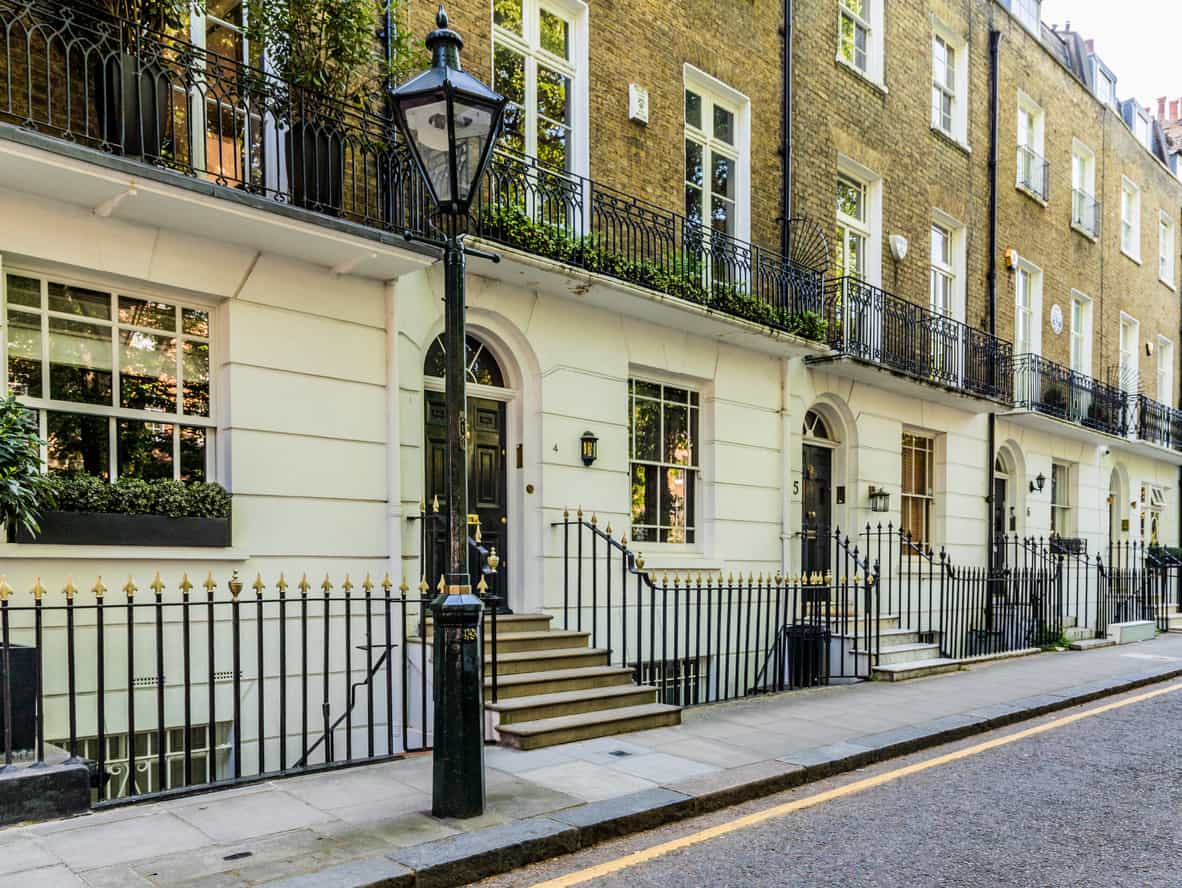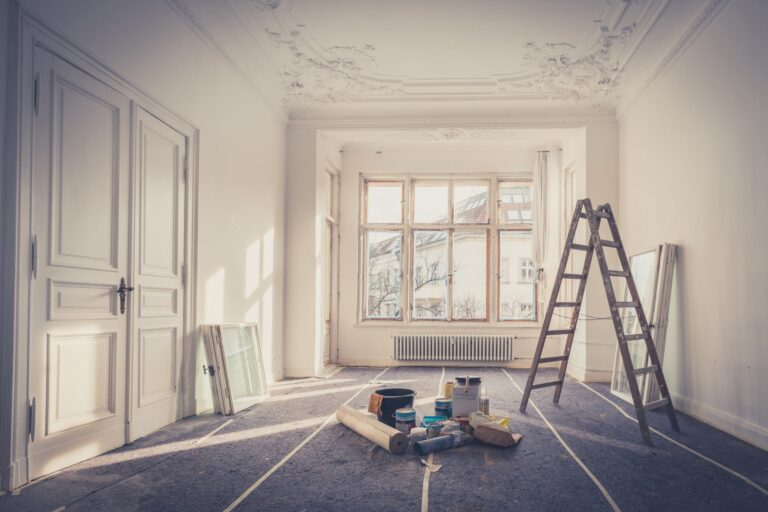Boris Johnson, the front runner in the leadership sprint, has made a bold promise to reverse the 2014 hikes to stamp duty land tax (SDLT) introduced by George Osborne, and abandon all levies on properties valued at under £500,000.
Vyomm, a London prime property portal, has produced new research highlighting the full impact that this tenuous decision would have on the current Prime Central London (PCL) market. The data concludes that reversing SDLT at the upper end of the property sector could boost values by around £700,000 and spur on demand from serious London buyers.
Power of property taxes in London
Vyomm’s data analysis says that in London, a stamp duty reprieve for the top end of the market could see a 3.41% or £102,911 increase on the current average house price of £3m and in the £10m plus bracket the current average sold price of £16.8m could rise to £17.6m.
Experts and agents have been calling for a review of SDLT since the market started to slacken, attributing a slowdown in transaction activity to both the property tax being raised and the political uncertainty.
Before December 2014, the stamp duty rate for properties between £1m and £2m was 5%, rising to 7% for homes sold for £2m or more. This was increased to 10% on homes from £925,000 to £1.5m and 12% over £1.5m by the then-Chancellor George Osborne.
UK house prices affected by stamp duty changes
As a result the average sold price for homes above £1.5m in London fell by 3.41% or £101,410 in a year and for properties above £10m it fell by 4.66% or £738,653 over the same period.
Across the whole of England and Wales a similar fall occurred, with the average sold price above £1.5m down 3.72% and falling 4.15% above £10m.
Utsav Goenka, chief executive officer of Vyomm, said: “The prime and super prime markets have remained a very attractive investment for those with the finance to buy but such a drastic change to stamp duty in 2014 was going to have a detrimental impact on buyer sentiment due to the far greater financial cost of buying.
“On a property worth ten million pounds we’re talking stamp duty in excess of one million and for those looking to buy as an investment, the additional 3% stamp duty charge pushes this cost to over four million pounds.”
“The market has adjusted and price growth has stabilised since these changes along with resulting price falls,” added Goenka. “However, there is currently an air of hesitation across all levels of the market due to the political landscape.”
He said: “A reversal of these stamp duty changes could provide the adrenaline shot that is needed to entice more buyers back to the prime and super prime markets and this will see prices increase notably when it happens.”
What about the lower end of the market?
Boris’s vow to scrap stamp duty on properties under £500,000 is an extremely bold promise, and it is difficult to say whether this could actually be achieved. However, it would move the goalposts significantly for those looking to get onto the property ladder, and even upsizers in many areas who would be able to afford a wider range of homes without having to fork out the extra stamp duty costs.
A stamp duty reform could also encompass the 3% levy added onto the purchase of additional properties (for second homeowners and property investors with multiple properties), and this could change the market drastically.
Camilla Dell, managing partner at property consultancy Black Brick, said: “We would welcome a review of current property taxation, particularly the 3% surcharge and proposed 1% additional charge on foreign buyers, which has had the effect of pouring glue into the market and resulting in a dramatic fall in the number of transactions happening on an annual basis.”









